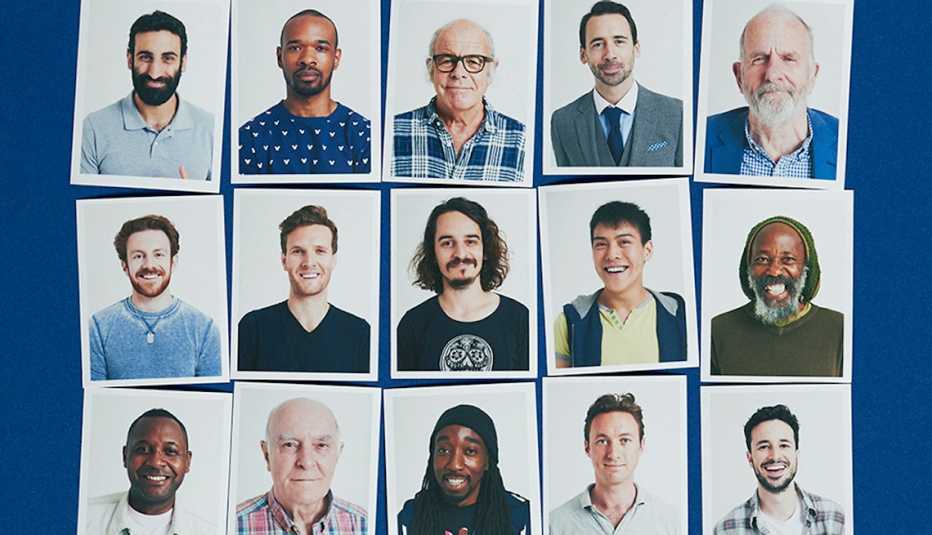Staying Fit
Most job seekers know it’s important to add a recent, professional-looking photo to their LinkedIn profile. But did you know that not posting a photo may prevent recruiters from finding your LinkedIn profile in a job search?
LinkedIn is unquestionably the social network for job-seeking professionals—or even if you’re not looking right now. Eighty-seven percent of recruiters consider LinkedIn to be the most effective way to vet job applicants, according to Jobvite.


AARP Membership— $12 for your first year when you sign up for Automatic Renewal
Get instant access to members-only products and hundreds of discounts, a free second membership, and a subscription to AARP the Magazine.
And yet, many job seekers don’t maximize LinkedIn to help them find jobs. Instead, they copy and paste their resume and hope the right employer finds them. Compounding the problem: Some professionals in their mid 40s and up may not be as social-media savvy as younger colleagues and don’t know how to leverage LinkedIn, says Sue Gresham, a Milwaukee-based LinkedIn consultant.
Here are 10 LinkedIn strategies, tools and tips you might not have known about, each of which can put you one step closer to a new job—or new career.
1. Make yourself memorable with great stories.
Recruiters and hiring managers are like anyone else—they respond to story-telling rather than mind-numbing lists of facts. Plus, research shows that stories can aid memory. So telling a good story or two in your LinkedIn profile could make you more memorable to recruiters.
Example: For each job you post on your profile, don’t simply state your responsibilities. Weave an interesting tale about your successes in the job, Gresham recommends. Most important, explain the problems and how you solved them, especially if you came up with creative solutions to important challenges. Keep your narrative succinct; a lengthy yarn could be a turnoff to busy recruiters.
2. Focus on where you’re going versus where you’ve been.
Professionals at mid-career are often looking to reinvent themselves after years of working in a specific type of job or industry, Gresham says. But too often, their LinkedIn profiles only reflect where they’ve been. Instead, focus your profile on where you want to go.
Find your ideal jobs, then build your profile around those, Gresham advises. For example, while it’s tempting to list tons of skills from all your years of experience, keep your focus on what’s relevant to the job you’re seeking. And by all means, remove skills you no longer want to use in a job. Gresham says she once listed Facebook consultant among her skills on LinkedIn but deleted it when she decided she no longer wanted to do Facebook consulting.
3. Keep it fresh.
A LinkedIn profile should be a “living, breathing document” that clearly represents what makes you “unique and worth hiring,” Gresham says, not a static set-and-forget online resume. One way to keep your profile alive: regularly share updates on topics related to your field, just as you share updates on Facebook.
Posting long-form content, such as LinkedIn blog posts, is “another great way to catch a recruiter’s eye,” says LinkedIn’s Career Expert Catherine Fisher. You can “share thought leadership advice, insights on the day’s top stories or industry trends to reinforce your experience,” which helps position you as an expert in your chosen field.







































































